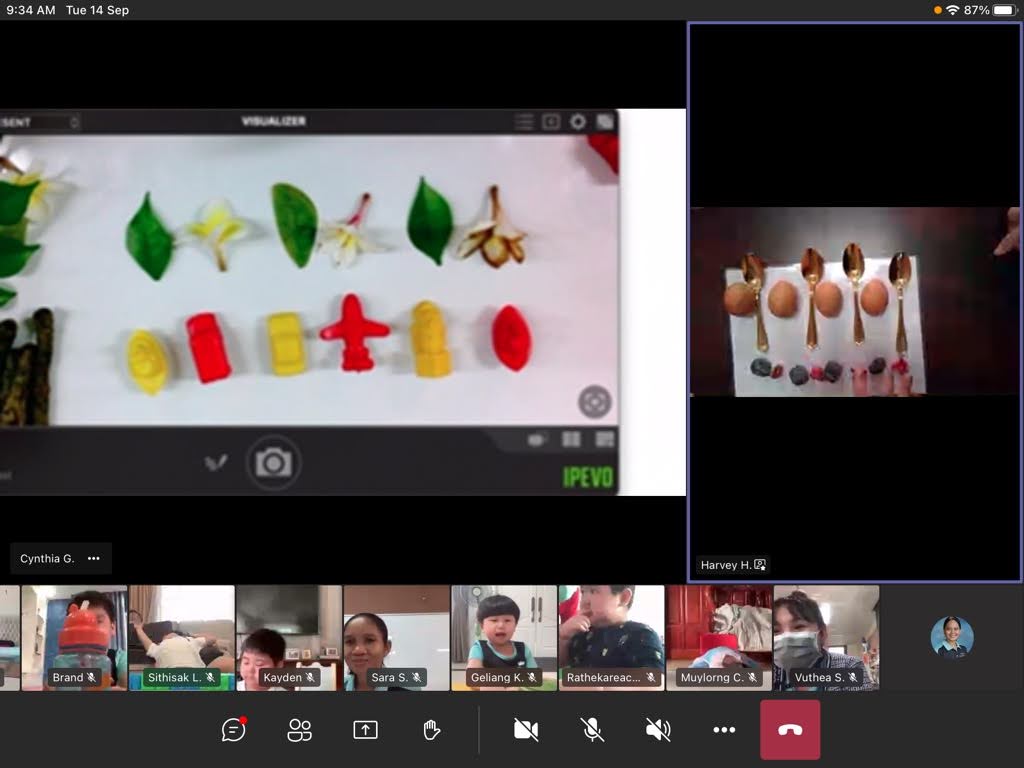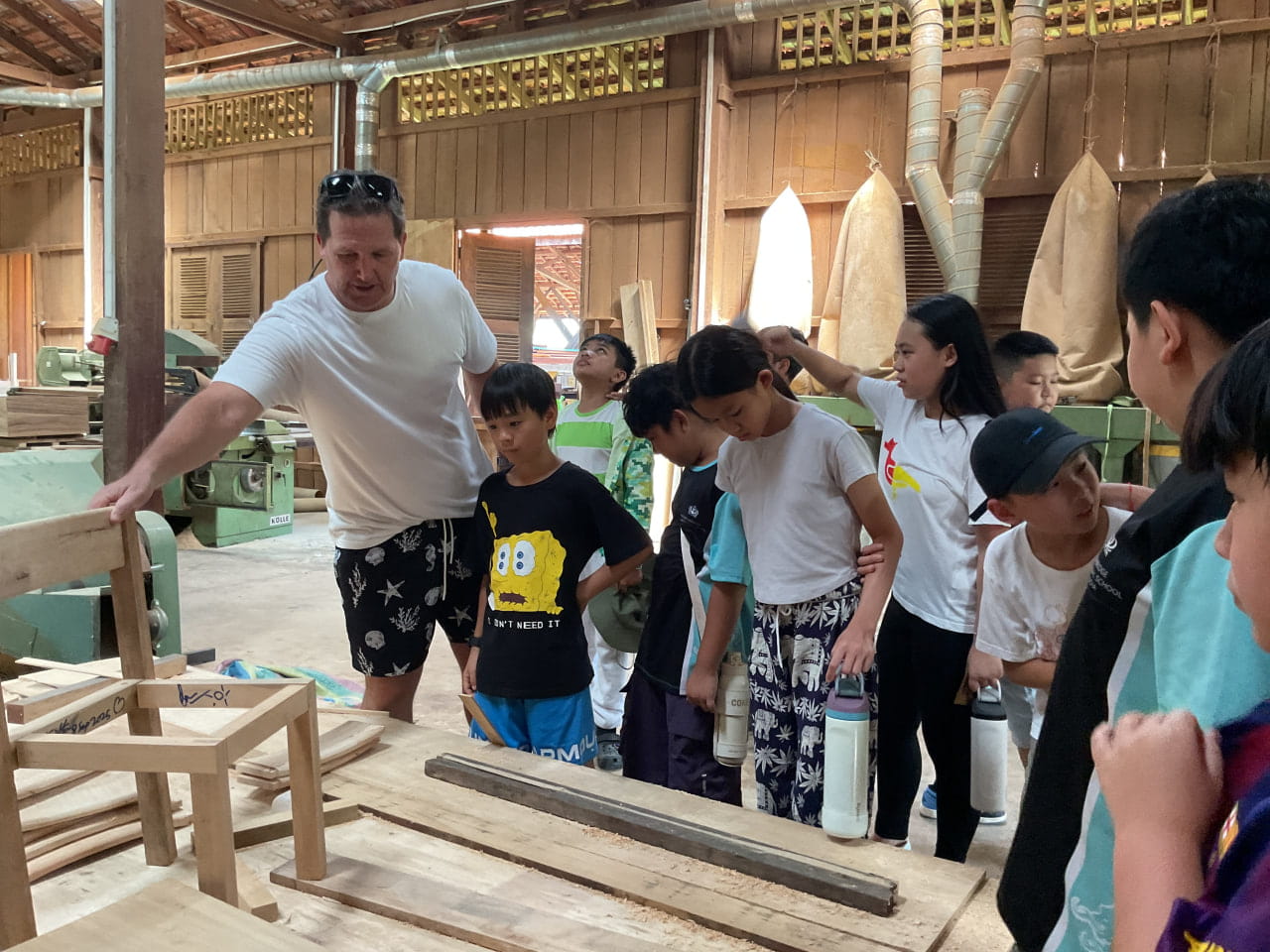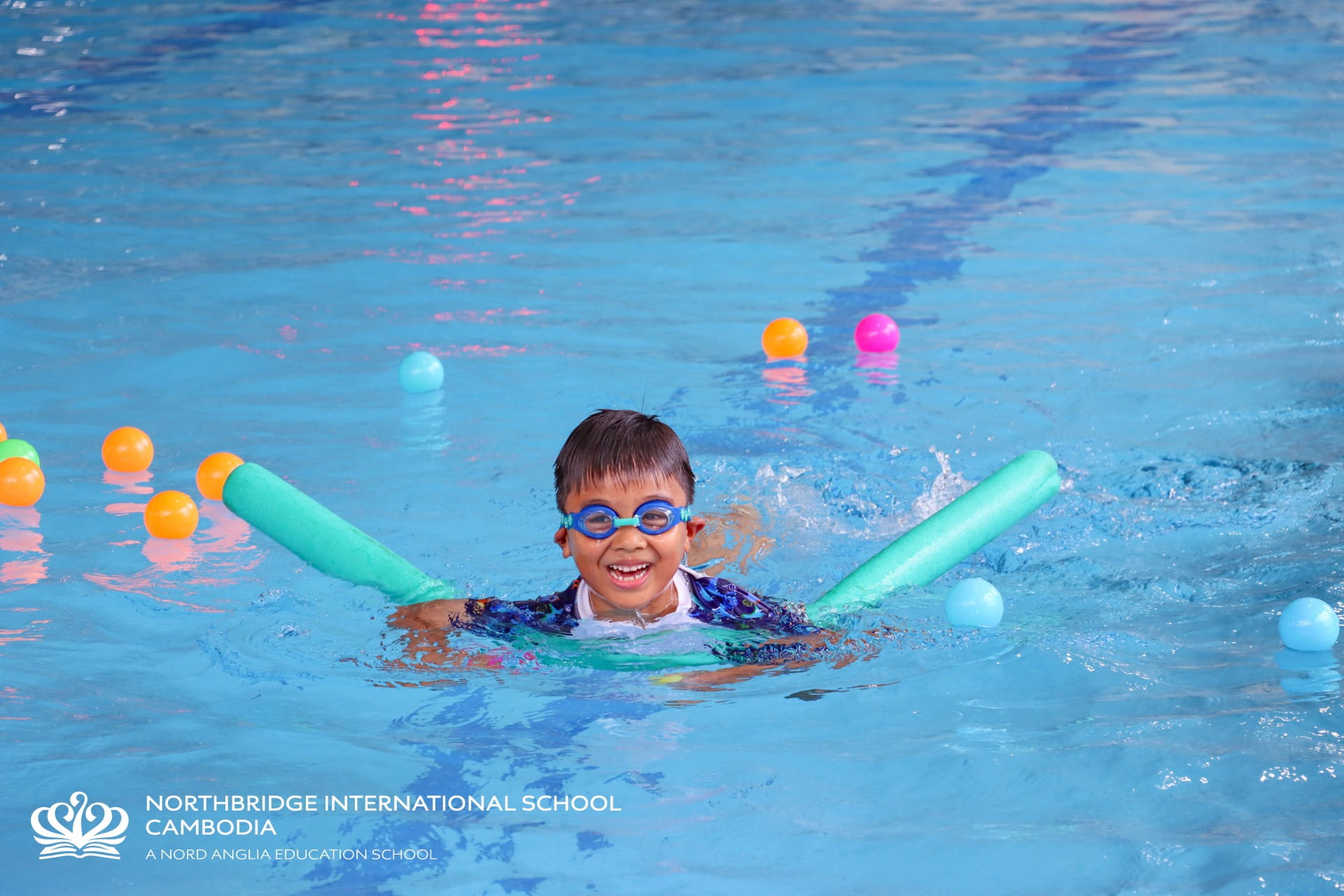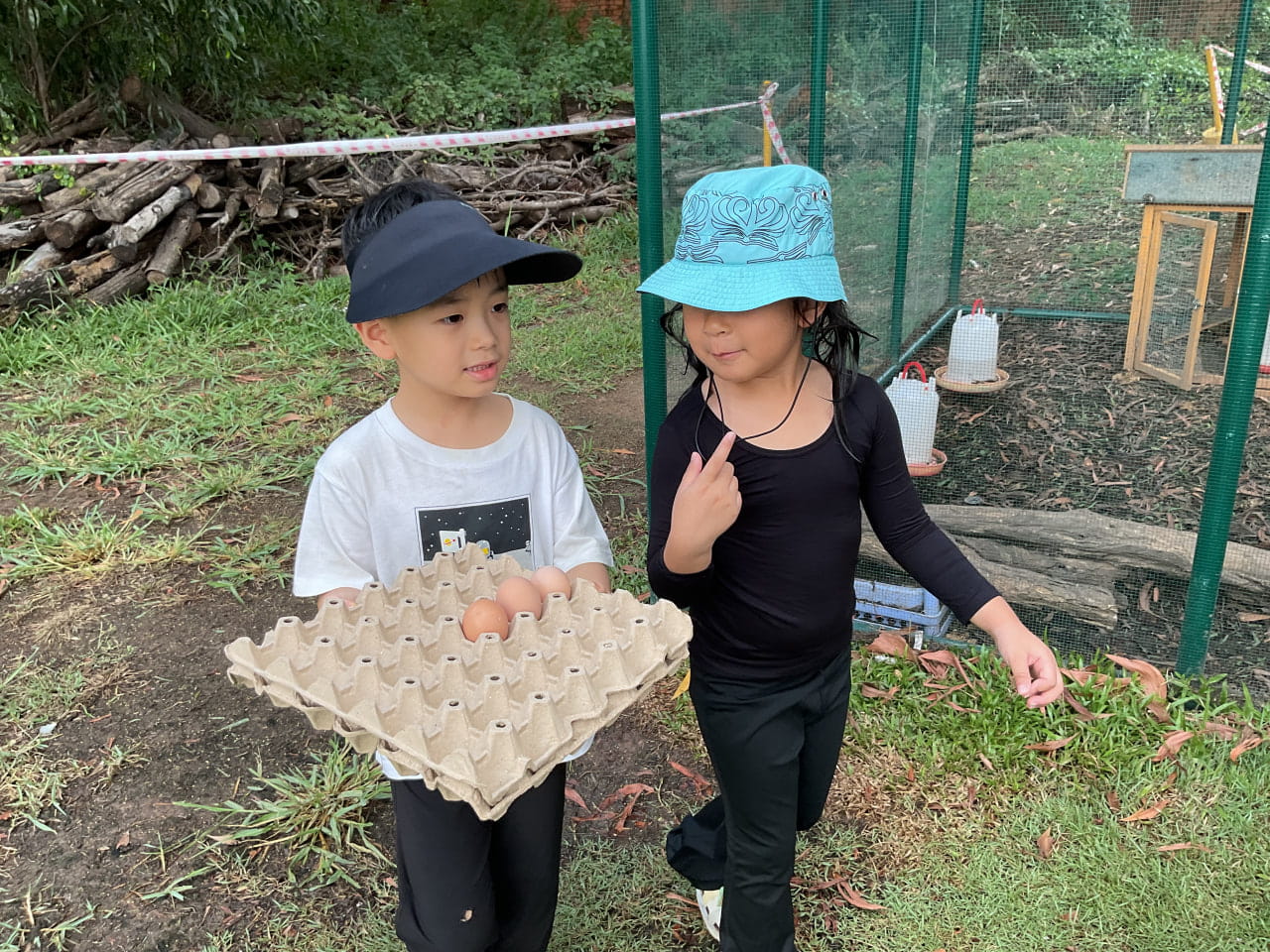What the Northbridge Early Learners’ Virtual School Experience looks like Early Learning teachers at Northbridge International School Cambodia are expert at understanding young children’s behavior and creating developmentally appropriate learning environments.
Early Learning teachers at Northbridge International School Cambodia are expert at understanding young children’s behavior and creating developmentally appropriate learning environments.
How do NISC EL teachers make Virtual School Experience engaging?
Partnering with families
Teachers work much more closely with families to prepare for virtual learning. EL Teachers have asked parents, guardians, and caregivers to make sure that their child has a calm and quiet virtual learning space and a learning box with materials that we often use in our lessons. This will help their child to focus and be organized.
To ease burden for families, teachers plan learning experiences that uses materials commonly found in children’s homes. We also send learning packs, every 2 weeks or as when needed containing materials that children might not have at home which is needed for future lessons.
Most early years children can’t sign into their virtual classes without assistance. Having a parent or guardian to show them which buttons or icons to click will make a difference. In this digital age, we are all aware how children easily grasp how to locate a button or icon to activate or launch an app.
Setting a routine and sticking to it
Just like in the classroom, young learners benefit from knowing what to expect. Teachers greet each child as they join the virtual room: Sing a song, dance along, read a book, have another movement or art activity, sing a closing song.
Getting kids moving
Teachers alternate between active and passive learning experiences to help keep children engaged. Games, stories, songs and dances are embedded in the virtual lessons. The children take part in active brain break time challenges prepared by the PE teachers.

Presenting screen and or using a document camera to model a learning experience or during a read aloud.
Inviting specialists’ teachers to facilitate a special lesson, sing, dance or read a story to the children.
SeeSaw Activities
Teachers provide activities through SeeSaw for students to show and apply their understanding of the day’s lessons.
Keeping it short
Teachers are fully aware of the short attention span of early years children, so they break up the lessons in small chunks with movements and singing embedded.
Teaching early learning children virtually is challenging, thus, we also take care of ourselves. NISC provides teachers for some after school movement breaks such as yoga, football, volleyball, tennis and table tennis.








